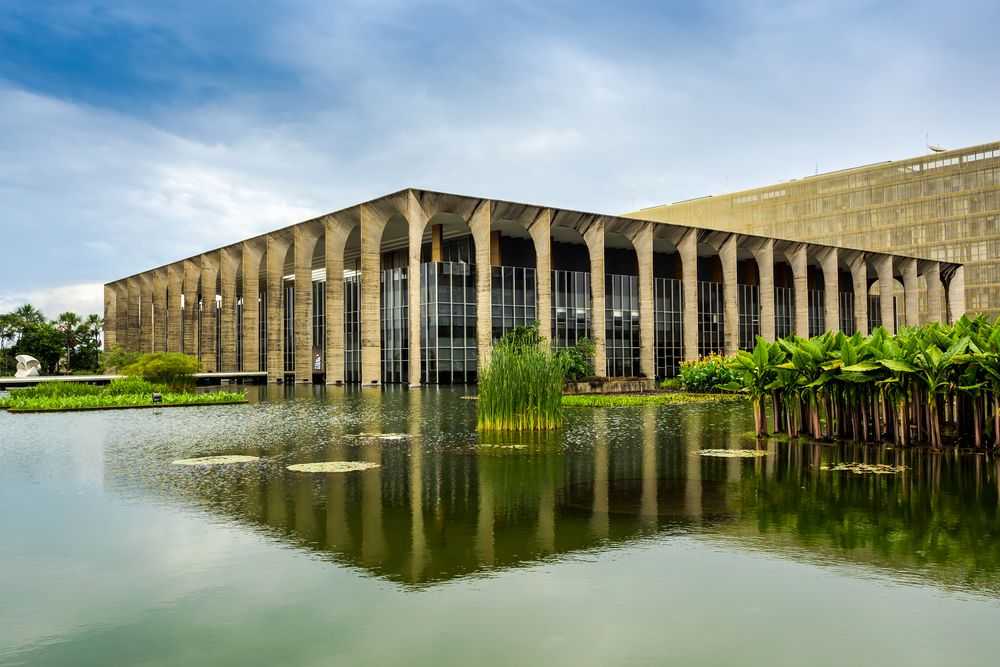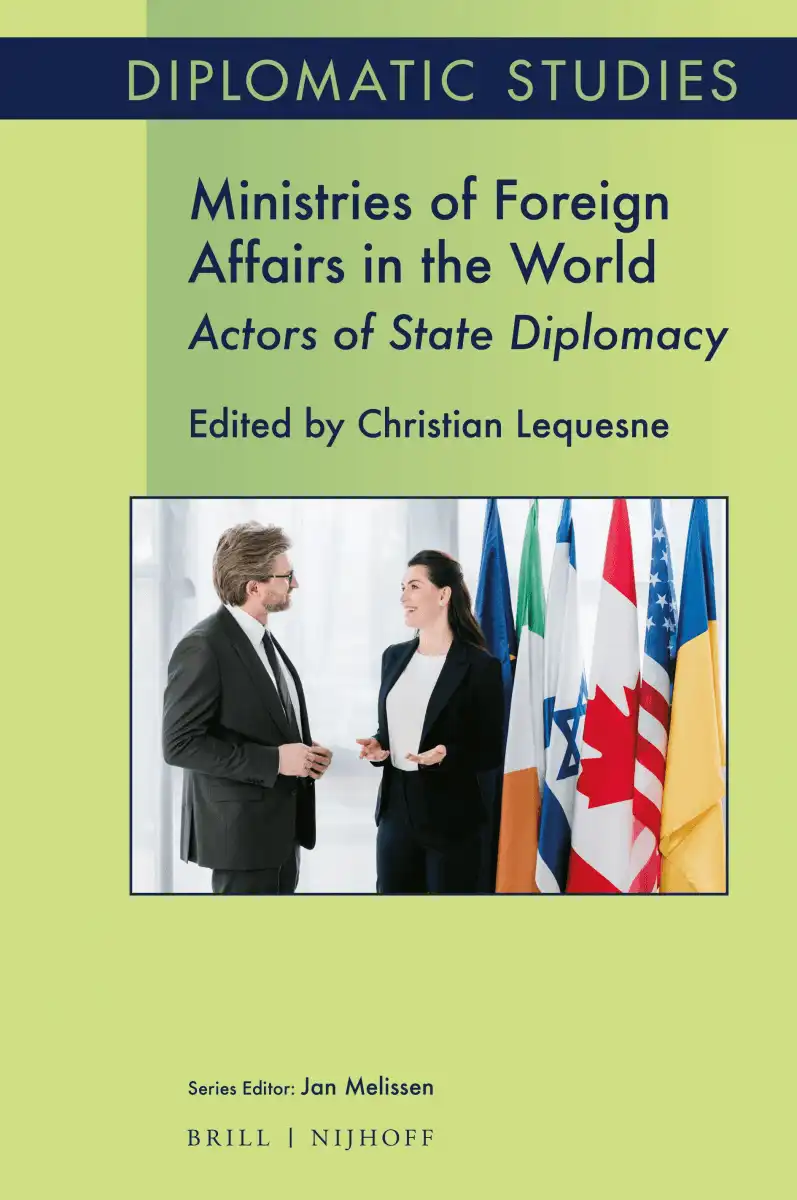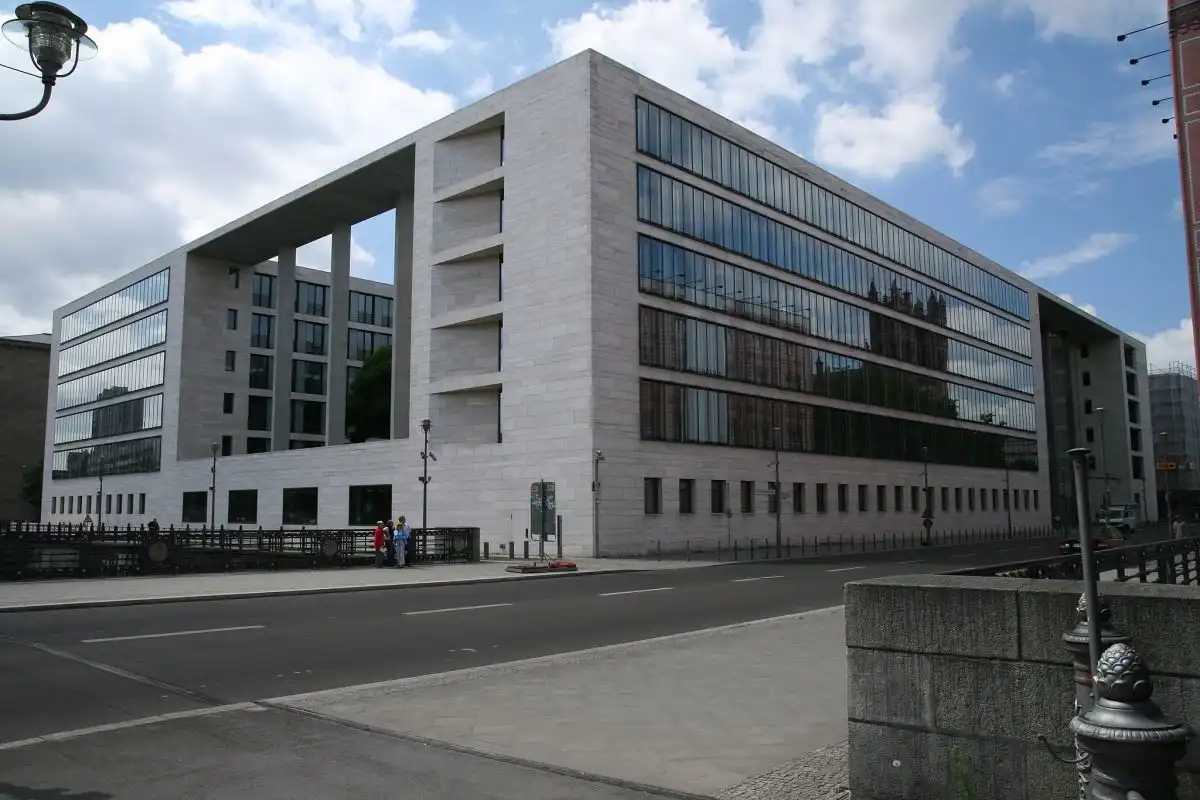Home>Understanding Ministries of Foreign Affairs in the World

20.04.2022
Understanding Ministries of Foreign Affairs in the World
Interview with Christian Lequesne
The study of foreign ministries has generally focused on one state, one nation, possibly a group of countries such as the European Union. But can we compare the foreign ministries of states that are very different in terms of their regime—democratic, autocratic, etc.—and what can a comparative study of these ministries and the diplomats who run them teach us today? These are among the issues addressed in Christian Lequesne's book, Ministries of Foreign Affairs in the World. Actors of State Diplomacy (Brill, 2022). Interview with the editor.
Ministries of Foreign Affairs (MFAs) no longer hold the monopoly on state diplomacy but are part of a wider community of actors of different types. You state that there is a lack of scholarly work devoted to the comparative study of these administrations. Why has there been what you call a renewed interest to study MFAs?
As usual, things are not simple. Since the 2000s, there has been a revival of diplomatic studies with a practice theory approach largely inspired by French empirical sociology and the English School of International Relations. My colleague Iver Neumann played a fundamental role in this revival by publishing articles on his anthropological work in the Norwegian Ministry of Foreign Affairs and then his book with Cornell University Press in 2012. It was in the vein of Iver Neumann’s work that I began my own research, which resulted in the publication of Ethnographie du Quai d'Orsay in 2017. But both books are monographic. One is about Norway’s MFA and the other about France’s MFA. Other interesting monographic works have been published, notably at CERI. I am thinking of Alice Ekman's doctoral thesis, supervised by Françoise Mengin , on the Chinese MFA, and Melissa Levaillant’s doctoral thesis on the Indian Foreign Service, supervised by Guillaume Devin.

What was missing in the literature was a book that sought to bring together different national cases, including work on MFAs in authoritarian countries, and conceptualizes the role of MFAs in International Relations. Guillaume Beaud’s chapter on Iran in the current book is very innovative from this point of view. This new book will become a reference work in the literature that replaces tools dating from the late 1990s. If international relations researchers have done little work on foreign ministries, it is because they considered that the object was outdated compared to others such as NGOs, multilateral agencies, etc.
This is where there is a flaw: although foreign ministries have existed for several centuries, they have undergone dramatic changes in practices and resources over the last twenty years that are far from having been studied. I would like to add that working on this subject is not easy in terms of access. Diplomatic administrations are still rather reluctant to be observed and “objectified” by the researcher. In this sense, Iver Neumann’s ethnographic work and mine were the manifestation of an evolution among diplomatic practitioners realising that scholarly observation was not an unnecessary intrusion.
Your book offers a comparative study of MFAs, but is it possible to compare MFAs in democratic regimes and those in non-democratic or authoritarian regimes? Are there criteria that allow for such comparisons?
You are absolutely right to ask this question. And I might add that, even within regimes that we would call liberal democracies, there are significant differences in the way MFAs operate. If you look at the literature on diplomatic studies, you will see that a lot of empirical work on MFAs focuses on northern European countries or Canada: in short, contexts where the transparency of the public administration is governed by law. These are countries where a scholar can work on MFAs without having to pledge allegiance to the object of study, because there is an understanding of what independence of scientific work is. It is obviously much more difficult to work on foreign administrations of authoritarian regimes. But there are ways to get around the obstacles by doing detailed analyses of the online output of such ministries and by managing to interview diplomats or former diplomats, especially abroad. Again, Guillaume Beaud’s chapter on Iran is remarkable from this point of view. More fundamentally, it isn’t possible to understand the work of an MFA without a broader analysis of the political system, or what we can call politics, within which it functions.
This brings us to the recent findings of foreign policy analysis; I am thinking of the work of Juliet Kaarbo on the domestic determinants of international relations. I would add that a scholar can also behave foolishly towards diplomats by considering that contact with them is synonymous with compromising. This reminds me of a review of my book on the Quai d’Orsay in the leading French political science journal, where the author announced proudly that if I had probably written this book, it was because I wanted to become a diplomat. In this suspicious way of thinking, penetrating an MFA necessarily means that you aspire to power within it. This false critical thinking masks in fact a refusal to confront other worlds than yours. It is so comfortable to be a critical armchair academic!
Does this volume contribute to a historical perspective on the field of the professionals of international diplomacy?
The book itself does not go into the history of ministries of foreign affairs. There are good works on the history of diplomacy, including the classics by Harold Nicolson as Diplomacy Then and Now (1961). In locating the analyses it provides firmly in the post–Cold War period, the book is intended to reflect a very contemporary moment of change within MFAs. This is evidenced by the presence of several chapters on diplomacy and social networks, or Pierre-Bruno Ruffini’s chapter on scientific diplomacy. The historical perspective is also present in Karla Gobo’s chapter on the recruitment of Brazilian diplomats, in this case to show permanence rather than change. But even if this book does not include many historians, I am convinced that history teaches us a lot about the functioning of MFAs. History even prevents the sociologist or the political scientist from reinventing the wheel. Take the so-called practices of public diplomacy; a whole literature in diplomatic studies tells us that it is an invention of the contemporary emergence of societies in international relations. Frankly, this has never convinced me. As early as the nineteenth century, societies were not neglected in the work of influence made by diplomats. A historian would have to delve one day into the Quai d’Orsay’s archives to show how diplomats under the Third Republic for instance had practices to influence French and foreign press correspondents.

Finally, in the introduction of this edited volume you write “scholarly research must address the question of how to better connect the study of MFAs to new theoretical and methodological debates on diplomacy and, largely, International Relations.” Would you mind commenting?
This book (with a few exceptions) is written by academics and not by practitioners or former practitioners of diplomacy, as is often the case when dealing with MFAs. I therefore felt it was necessary to ask a colleague like Iver Neumann to tell us what it means to make an ethnography of an MFA. His chapter is particularly useful for students and researchers. Similarly, practice theorists are increasingly working on the relationship between power and materiality (buildings, space). We see in diplomatic studies the revival of the postmodern concept of assemblage, as Jason Dittmer shows very well in this book. We must continue to work on these subjects and theorise them. Behind diplomatic compounds, for example, as they exist in Lomé or Islamabad, with embassies next to each other, but also golf clubs and restaurants, you have a wonderful illustration of the role that networks play in diplomatic practice. Of course, a more difficult question for the scholar is to identify to what extent the networked exchanges influence diplomatic decisions. But these subjects are fascinating and can really be dealt with if we think about a form of theorisation of diplomatic practices.
Interview by Miriam Périer, CERI.
Cover image caption: Ministry of Foreign Affairs, Brasilia, Brasil. (credits: R.M. Nunes for Shutterstock)
Follow us
Contact us
Media Contact
Coralie Meyer
Phone : +33 (0)1 58 71 70 85
coralie.meyer@sciencespo.fr
Corinne Deloy
Phone : +33 (0)1 58 71 70 68
corinne.deloy@sciencespo.fr
